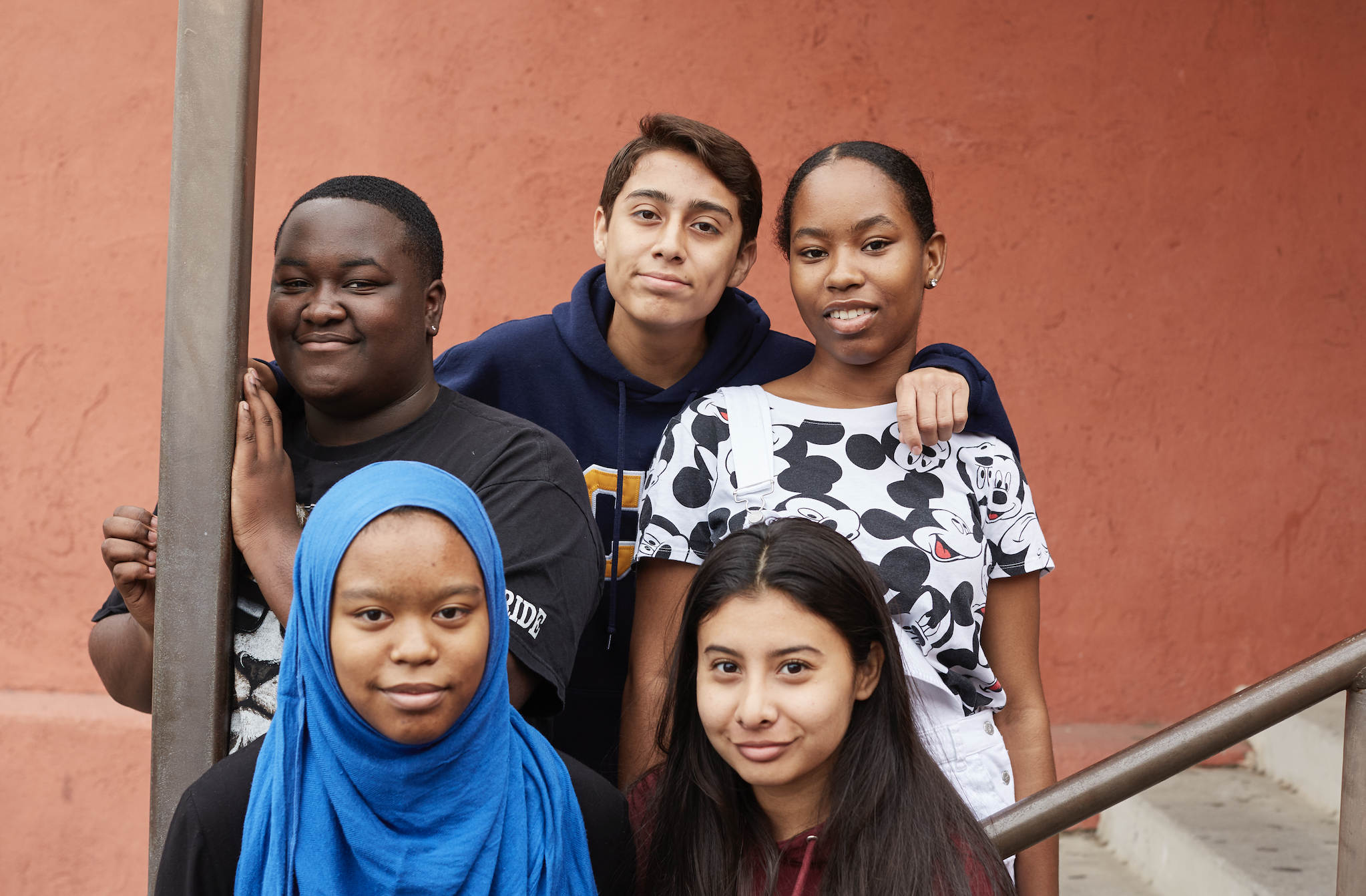At Da Vinci RISE High School in Los Angeles, Martin Luther King Jr. is part of the curriculum for more than one day – or one month – a year. His teachings about social justice, identity, critical thinking, and community engagement imbue every subject, every day.
“At RISE, social justice is a part of everything we do. It’s always on our minds, as a staff, and as a community,” said English teacher Brent Walmsley. “To me, it’s the biggest thing we do.”
Da Vinci RISE High is a charter high school where most of the students are somehow disconnected from traditional schools. They’re homeless, credit-deficient, need flexible schedules, or prefer to work at their own pace in a smaller, more supportive environment.
The school provides personalized, one-on-one attention from teachers and other staff, so students develop trusting relationships with adults in a stable environment. Its campus shares space with other service agencies, so students can receive medical and mental health care, legal services, meals, health and fitness facilities, tutoring, job readiness training, college and career advising, internships, extracurricular opportunities, and leadership development for young people – all under one roof.
A Social Justice Curriculum
But the crux of the social justice work lies within the curriculum itself, not just on Martin Luther King Jr. Day or during Black History Month, but every day. When Walmsley teaches “Of Mice and Men,” for example, he leads discussions on themes such as power dynamics, capital punishment, and the treatment of women. Outside formal class discussions, these and other social-justice topics – and how they pertain to academic subjects – come up almost daily, and teachers encourage students to see connections inside the classroom and in the world beyond.
For Martin Luther King Day, Walmsley shows his class a video of King’s “I Have a Dream” speech in its entirety. This year, he had his students log three words describing their emotions as they were watching the speech, then sent the words to an online “word map” that illustrated the class’s collective reaction. That, in turn, formed the basis of a class discussion.
Exploring King’s Message More Deeply

The goal, Walmsley said, is for students to explore King’s message more deeply and think about the complexities of his teachings, in the context of his era as well as today.
“If you stop the average person on the street and ask, ‘Who was MLK?’ they’ll say he was a preacher, he said ‘I have a dream,’ he was shot, everyone was sad, and now we have this holiday,” Walmsley said. “But if you look at history, that’s not exactly how it happened. There’s so much more. I want the kids to look deeper.”
A Perfect Message for Any Classroom
King’s speeches and writing covered more than just the subject of race. He spoke about economics, violence, war, law enforcement, power, politics, society – and how all those things intersect. He also challenged listeners to question their prejudices and rethink how American society should operate. In essence, he asked people to open their minds and think critically.
And that’s a perfect message for any classroom, Walmsley said. In fact, he finds this discussion-based approach – combined with relevant connections to the real world – helps engage students in almost any subject. It’s an ideal complement to the Common Core standards, which emphasize critical thinking and practical applications of the curriculum.
“My advice to other teachers is, don’t be afraid to introduce these topics in the classroom,” Walmsley said. “Kids are already thinking about these things, more than you think. And if you don’t help them think through these issues, who will?”
TAGS:



 Tweet
Tweet 



